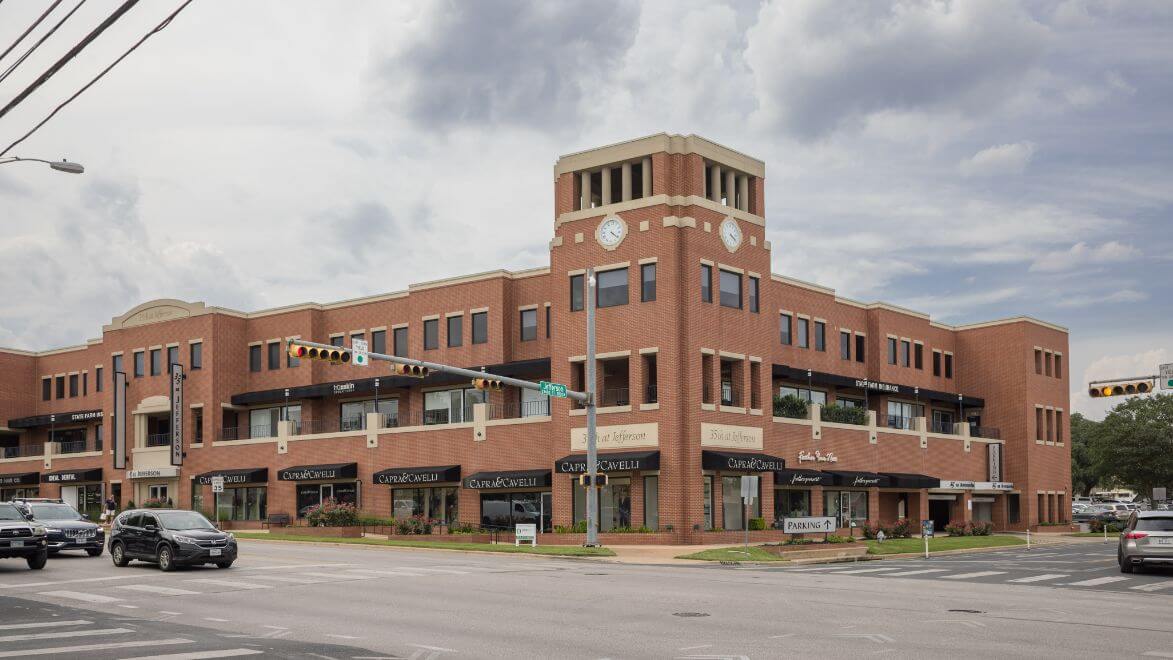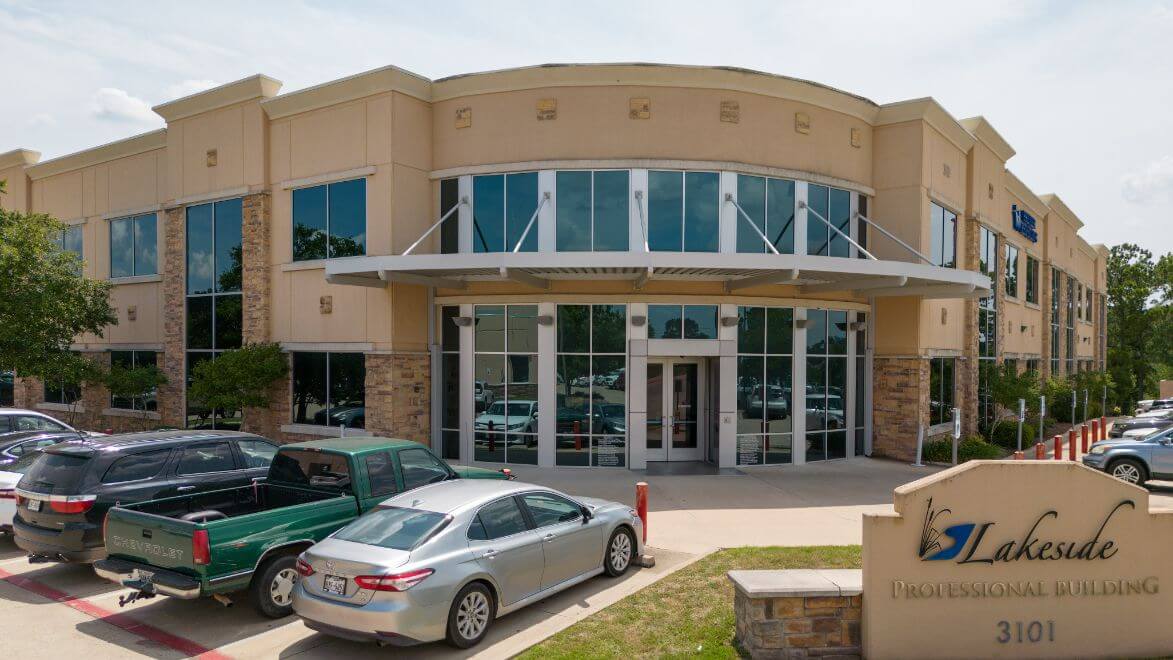Moles
Expert Mole Examination and Treatment at Tru-Skin Dermatology
Moles are among the most common skin growths, appearing anywhere on the body as small, dark spots or patches that can be round or oval, and either flat or raised. While most moles are benign, it is crucial to monitor any changes in their size, shape, color, or texture, as these could be signs of skin cancer.
Moles can vary widely in appearance and number, with some individuals having only a few and others having many. They often emerge during childhood and adolescence, changing over time. Factors such as sun exposure and genetic predisposition can influence the development and transformation of moles.
Keeping an eye on any changes in existing moles or the appearance of new ones is essential. At Tru-Skin, our dermatologists and skin experts perform thorough examinations of moles to detect any signs of irregularity or change. Using advanced diagnostic tools, they determine whether a mole is benign or requires further evaluation.
Learn more about moles and if you'd like to discuss further, schedule an appointment with Tru-Skin.
Examples of Moles
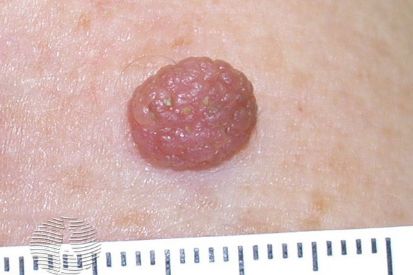
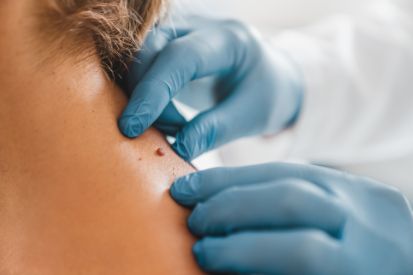
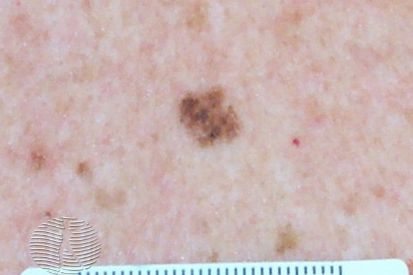
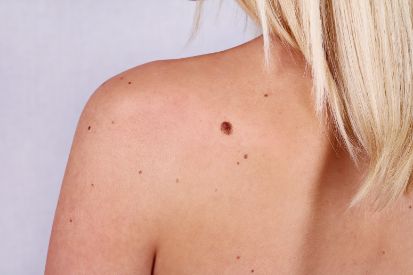
How to Know if You May Have A Cancerous Mole
- Asymmetry: One half of the mole does not match the other half.
- Border: The mole’s borders or edges are not even; they’re irregular or blurred.
- Color: The mole has changed color or is two different colors.
- Diameter: The mole is more than 1/4 inch or 6 mm in diameter.
- Enlargement: The mole has grown larger over time.
What To Do if You Suspect A Cancerous Mole
- While most moles are harmless, it's important to watch for changes that could indicate cancer.
- See our Austin dermatologists promptly if you notice changes in a mole's color, size, or shape.
- Pain or itchiness in a mole can also be warning signs.
- Sun exposure increases the risk of mole-related cancer.
Mole Checks in Austin, TX
When it is time to check your moles, we will make use of the DermLite DL100, the first oil-free, handheld epi-luminescent dermoscopy advice. Harnessing the latest advancements in technology, we will be able to quickly and accurately detect atypical features in moles within just a few seconds. We will then work together with you to see how to best proceed. We may also conduct a biopsy for further evaluation.
Moles FAQs
Keep an eye on moles for changes in size, shape, color, or if they become itchy or bleed. If you notice any changes, it's essential to have them checked by a dermatologist. Regular self-checks are crucial for early detection.
While most moles are harmless, changes in appearance can be a sign of skin cancer, such as melanoma. Regular skin checks by a dermatologist help catch any concerning changes early when treatment is most effective.
Sun protection is crucial for moles. Use sunscreen, wear protective clothing, and seek shade to prevent sun damage. Moles are sensitive to UV rays, and sun safety helps maintain their health.
Not necessarily. It's common to develop new moles, especially in childhood and adolescence. However, if you notice rapid changes or have concerns, it's best to consult with a dermatologist for peace of mind.
Watch: The Importance of Total Body Skin Exams
Mole Treatment at Tru-Skin Dermatology
If you need more information about moles or our mole treatments and removals in Austin, feel free to get in touch with us. You can also schedule an appointment for a mole removal or treatment today. We look forward to hearing from you!
From the Tru-Skin Dermatology Blog
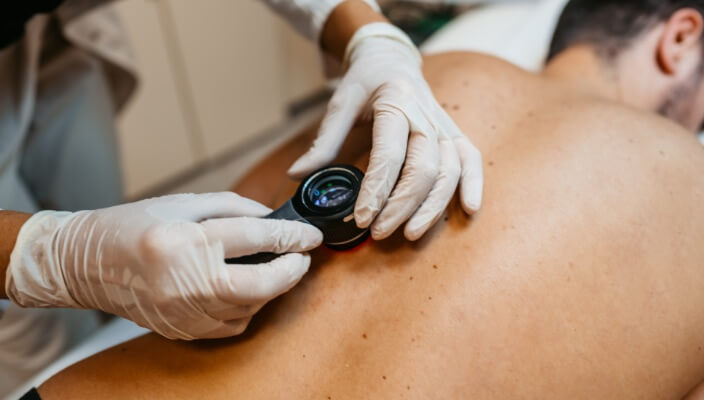
- Skin Cancer
- General Dermatology
- Skin Exams
- Sun Safety
- Skin Care
Texans have an increased risk of skin conditions due to the fluctuating climatic conditions. Therefore, Tru-Skin Dermatology provides our Texas patients with regular check-ups for their skincare.
Read More
- General Dermatology
- Skin Care
In this blog post, we will highlight the most common errors people make while washing their faces and provide practical solutions for maintaining healthy skin.
Read More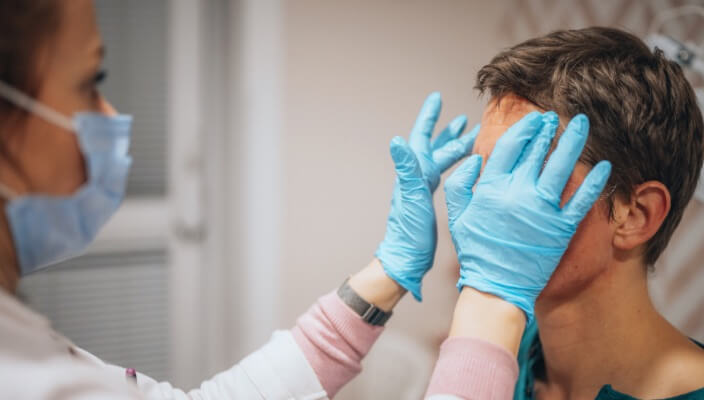
- Skin Cancer
- General Dermatology
- Cosmetic Treatments
At Tru-Skin Dermatology, we offer a wide range of common dermatology procedures to patients throughout Austin, TX, and the surrounding areas. Read this blog to learn more about how we can help you achieve your skin goals.
Read MoreFeatured Products for Sun Protection
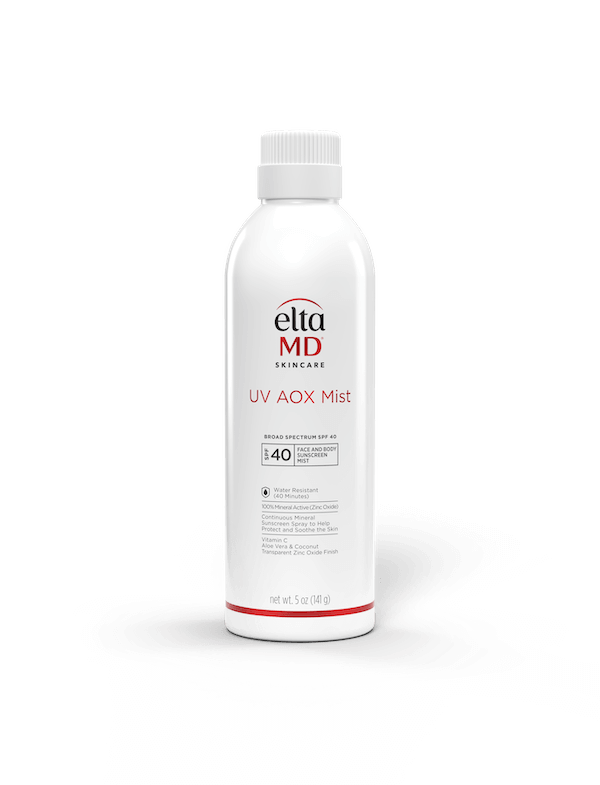
EltaMD UV AOX MIST SPF 40
UV AOX Mist is a sheer-finish, 100% mineral sunscreen spray that’s enriched with antioxidants to prevent premature aging and rejuvenate skin. 100% Mineral Sunscreen Spray for Face & Body | Enriched with Antioxidants, Air-Powered Spray Technology. 5 OZ
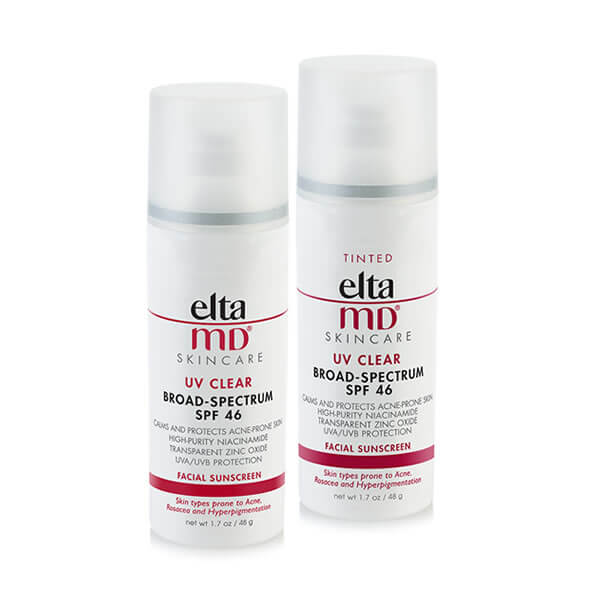
EltaMD UV Clear SPF 46
Oil-free EltaMD UV Clear helps calm and protect sensitive skin types prone to discoloration and breakouts associated to acne and rosacea. It contains niacinamide (vitamin B3), hyaluronic acid and lactic acid, ingredients that promote the appearance of healthy-looking skin. Very lightweight and silky, it may be worn with makeup or alone. Choose from tinted and untinted formulas for use every day. 1.7 oz / 48 g

